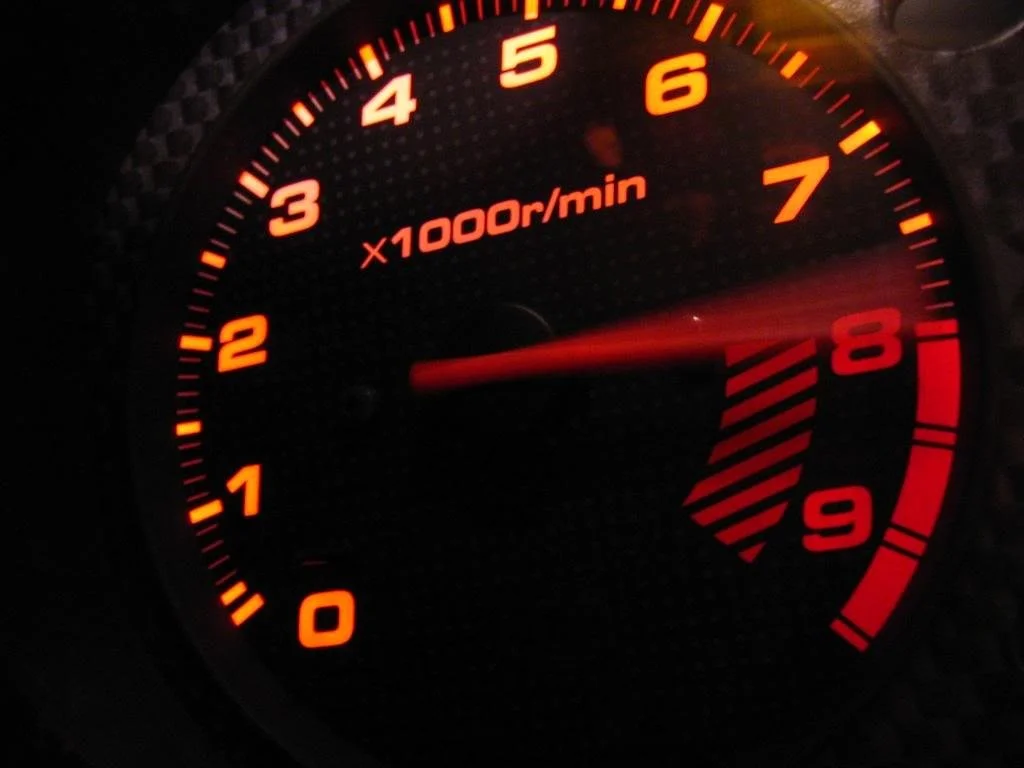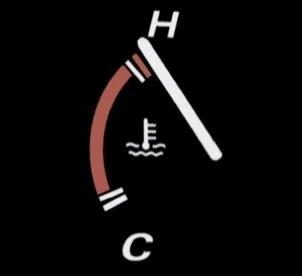Living at Redline: Why Peak Performance Can’t Be Permanent
Engines are built to rev. That’s part of the thrill, rolling onto the throttle, feeling the tachometer needle sweep toward the redline, the engine’s voice sharpening into a full-throated roar.
But here’s the thing: no engine can live at redline forever.
Even the most finely tuned motors—Formula 1 engines, endurance racing mills, exotic V12s—spend most of their time below that upper limit. They visit the redline strategically: a quick burst for acceleration, an overtake, a lap time. Then they back off. They cool down. They recover.
This isn’t because engineers lack ambition. It’s because they understand balance. The redline exists for moments of peak performance, not a permanent state. Push an engine to its limit without relief, and you don’t just risk losing speed, you risk losing the engine entirely.
Peak is not Performant
Most road cars can safely hit their redline now and then. In fact, they need to. An occasional high-rev run can help keep oil flowing, valves clear, and performance sharp. But sustaining that pace is a death sentence.
Even racing teams, where the point is to win, accept this truth. High-performance engines are frequently rebuilt, relaxed, and refreshed between events. Components are replaced. Fluids changed. Tolerances re-checked.
They don’t call this downtime. They call it maintenance. And they build it into the plan.
Redlining at Work
This is where the metaphor meets our lives, especially in today’s workplace.
In a culture obsessed with productivity, efficiency, and output, we’ve normalized living at redline. We celebrate the “always-on” mindset. We idolize the founder who sleeps under their desk. We tell ourselves that speed is synonymous with success.
And now, with AI accelerating workflows, many leaders hear “increased efficiency” and interpret it as: We can do more with the same number of people. Or worse: We can do more with fewer people.
That’s not efficiency. That’s redline thinking.
Just like an engine, people can perform at their peak for short bursts. We should have moments where we push harder, where we stretch our limits, deliver something exceptional, or rise to a challenge. Those moments build capacity. They sharpen skills. They inspire.
But sustained redline? That’s burnout. That’s the human equivalent of blowing a head gasket.
The Cost of Constant Redline
Engines don’t just stop running when you push them too far, they degrade. Performance drops off, efficiency suffers, and the whole system becomes more fragile. The same happens with people.
When we redline without rest:
Creativity collapses. We can execute but can’t imagine.
Quality suffers. The details start slipping.
Resilience erodes. Small setbacks feel like catastrophic failures.
Turnover skyrockets. Talented people walk away, taking institutional knowledge with them.
And here’s the kicker: just like an engine after a hard failure, rebuilding a burned-out team takes far longer than preventing burnout in the first place.
Finding the Right RPM
In driving, there’s a sweet spot, often called the “power band”, where the engine delivers strong performance without excess strain. It’s not as exciting as bouncing off the rev limiter, but it’s where you can sustain speed for miles, hours, even days.
People have a power band too. It’s the place where we’re challenged but not crushed, engaged but not exhausted. Finding it isn’t about doing less, it’s about pacing for longevity.
Good leaders know when to call for a sprint and when to back off. They don’t mistake sustained high output for sustained high performance. They know that recovery isn’t wasted time, it’s what allows the next burst to be just as strong as the last.
What AI Changes—and What It Doesn’t
AI can free us from repetitive, low-value tasks. Done well, it can give people more time in their power band, more time for creative thinking, problem-solving, and building relationships.
But if the response to AI is to simply push teams to produce more at the same sustained pace, all we’ve done is move the redline higher without touching the limits of the human engine. That’s not progress. That’s a faster path to breakdown.
The smart play is to use AI to smooth the rev curve, to help people transition in and out of their peak moments more efficiently. The point isn’t to live at redline, it’s to be ready when it matters.
Drive Like an Engineer, Not a Fanatic
A great driver knows when to push and when to cruise. A great team leader should too. The goal isn’t to hit the redline mindlessly, it’s to hit it well. Purposefully. With preparation. And then to back off, regroup, and be ready for the next time.
Engines live longer when they’re respected. So do people.
It’s time we stopped confusing constant strain with constant success. Because just like on the track, the teams that win aren’t the ones that scream the loudest, they’re the ones that finish the race.


